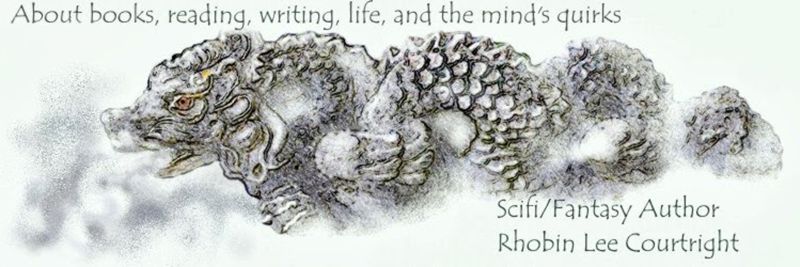
There is a precipice each character stands on. One side is too good to be true, the other side too evil to exist. What makes a character too good to believe? How evil can any character, main or secondary, become before they are irredeemable?
Characters are meant to entertain readers, often educating them through their experiences as well. While I have read stories with ‘perfect’ characters, either good or evil, they fail to engage me as a reader. Perhaps because a perfect person does not exist. Everyone makes mistakes, some intentional, some not. And even if a person has perfect morals, is highly intelligent and wise, and is perfectly considerate at all times, others aren’t, and they can get the ‘perfect character’ into shit-loads of trouble. The world also frequently delivers unexpected comeuppance to both the deserving and the undeserving. Besides, what’s entertaining or educational about a portrayal starting off and continuing with perfection?
A theoretical paradox that exists, however, for the perfect ‘good’ character is bound to win, and the ‘perfect’ evil character cannot lose. The good must have flaws to overcome to make their win worthwhile, while the perfect evil character has no flaw that can lead to defeat. Even ancient gods and goddesses in mythology were never perfect. They were very powerful and often morally impaired.
If, as the cliché states, we learn from our mistakes, then characters should prove the platitude. Most good stories contain the basically good character who struggles against his or her evil inclinations and works to accept or improve their imperfections. Readers identify and empathize with the imperfection of both main and secondary characters. This lets the character become entrenched in the reader’s mind.
Readers like characters who display various degrees of hypocrisy, disobedience, laziness, impulsiveness, deceptiveness, and even meanness. These characters are more interesting. Less than perfect characters bring questions to the reader’s mind. Does this person remain the same or change? Do they help or hinder the story’s outcome? Do they receive their just deserts?
Heroic characters can be irresolute, obstinate, dissolute, possessive, rash, vulgar, blustering, discourteous, self-absorbed, or ridiculous. It is when they face their shortfalls and imperfections and seek to do better that they often turn the story’s direction. These are characters who will fall into situations where they must face themselves to dig their way out of the holes they have created.
Extraordinarily evil characters do exist in literature and create gripping tension in the storyline. This is the uber-intelligent serial killer like Hannibal of real-world stories, or Voldemort of the Harry Potter series, and Sauron of the Lord of Rings of fantasy stories. With all of these horribly irredeemable characters, an unsuspected Achilles' heel exists.
In many stories, there is a point where ordinary characters also traverse into the irredeemable. There is a recent tendency to paint evil characters as sociopaths or psychotics. Since between 1% and 4% of the U.S. population are sociopaths, but only 20% of prison inmates, it shows how prejudice and uneducated the public is about such a diagnosis. Most of those diagnosed with these conditions are not sadistic killers and cannot be recognizable in ordinary encounters.
For me, evil occurs when anyone goes after a personal goal with no-holds-barred, no care of who they injure or destroy, game-the-system tenacity. That desired goal is often some form of wealth, power, religious fervor, or revenge. Eventually the character loses his or her soul, and that’s when, for me, they become truly evil, irredeemable characters.
So who are your favorite heroic or diabolical characters?
Follow this topic at these authors blogs:
Skye Taylor
Beverley Bateman
Judith Copek
Marci Baun
Connie Vines
Rachael Kosinski
Helena Fairfax
Fiona McGier


